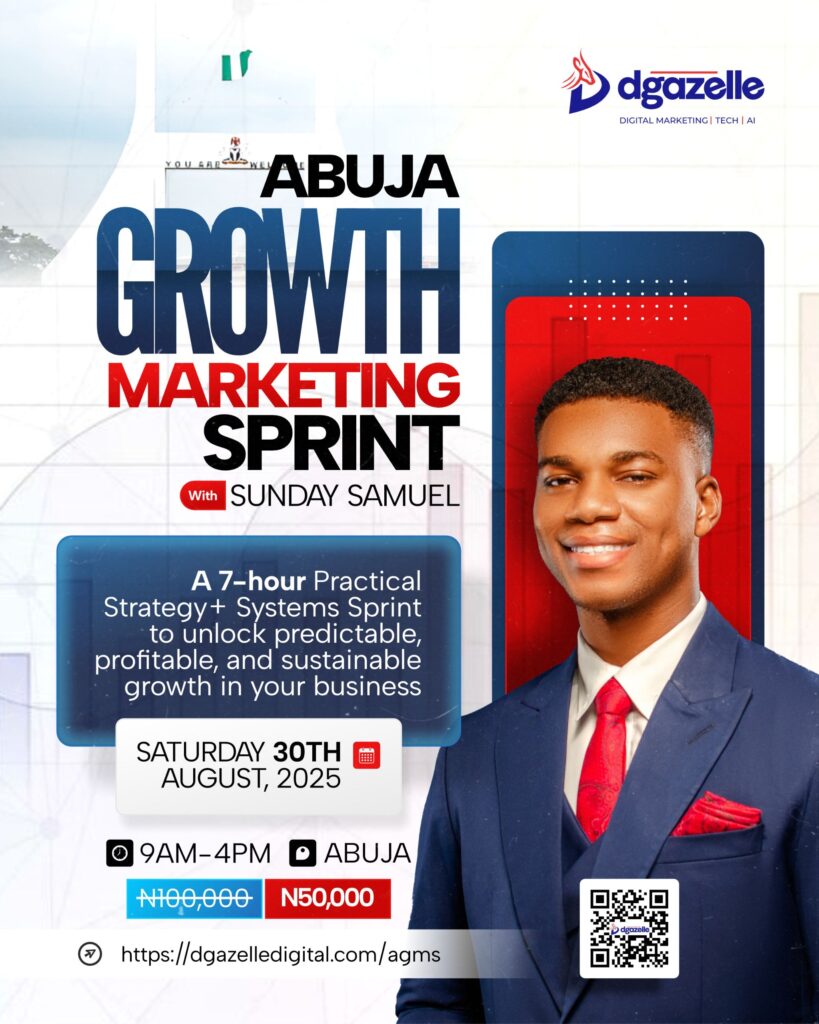
Image source: Freepik
Display ads are a powerful tool for businesses to boost their visibility, reach new audiences, and drive results online. But what exactly are display ads, how do they work, and how can you make them work for your business? Here are simple ways you can make this happen.
What Are Display Ads?
Display ads are visually engaging advertisements such as banners, images, videos, or graphics that appear across websites, apps, and social media platforms. Unlike text based ads, display ads use eye catching visuals to capture attention and convey your message quickly. These ads help businesses create brand awareness and engage potential customers as they browse the internet, even when they are not intentionally searching for your products or services.
How Display Ads Work
Ad Creation
The first step is designing compelling and captivating ads in various formats static images, animated banners, or videos that aligns with your target audience. The design should be visually appealing and aligned with your brand identity to maximise impact.
Ad Placement
Once your ads are created, they need to be placed strategically on important websites, apps, or social media feeds where your audience spends time. There are two main ways to do this:
- Direct Buys: Negotiating directly with publishers to secure premium ad spots on specific websites or platforms. This gives you more control over where your ads appear.
- Ad Networks: Platforms like Google Display Network , distribute your ads across thousands of sites, using targeting options to reach the right people based on demographics, interests, and browsing behaviour.
Why Use Display Ads?
- Expand Your Reach: Display ads put your business name and services in front of a large audience, including those who may not be intentionally searching for you but fit your target profile.
- Retargeting: They remind past visitors about your products or services, encouraging them to return and complete a purchase.
- Storytelling: With images and videos, you can tell a compelling story about your business, making your brand more memorable and unforgettable.
The benefits of using display ads cannot be overstated. Stop wasting time on just putting out content without eye catching visuals. Let’s work together and achieve that desired result
Types of Display Ads
- Banner Ads: Rectangular ads placed at the top, bottom, or sides of web pages.
- Media Ads: Animated or video ads that are more dynamic and engaging.
- Native Ads: Ads designed to blend seamlessly into the content and design of the website, offering a less intrusive experience.
Key Elements for Effective Display Advertising
- Know Your Audience: Understanding who your ideal customers are, helps tailor your ads to their interests and behaviour.
- Good Design: Use high quality visuals and clear branding to capture your audience attention.
- Clear Message: Your ad should communicate a concise and compelling call to action. Your target should have no option but to buy from you.
How Dgazelle Can Improve Your Display Ads
At Dgazelle, we leverage advanced programmatic tools and deep industry insights to ensure your ads reach the right people, on the right platforms, at the right time.
- Custom Display Ad Design: We create visually stunning ads tailored to your brand and goals.
- Audience Targeting: Using data driven strategies, we target audiences most likely to convert to paying customers.
Whether you’re looking to build brand awareness, drive website traffic, or boost sales, Dgazelle can help you achieve your goals faster and smarter.
Conclusion
Display ads are an effective way to grow your business online. By combining eye catching visuals, smart audience targeting, and continuous ad optimisation, you can turn casual browsers into loyal customers.
Contact Dgazelle today to start maximising your display advertising potential







